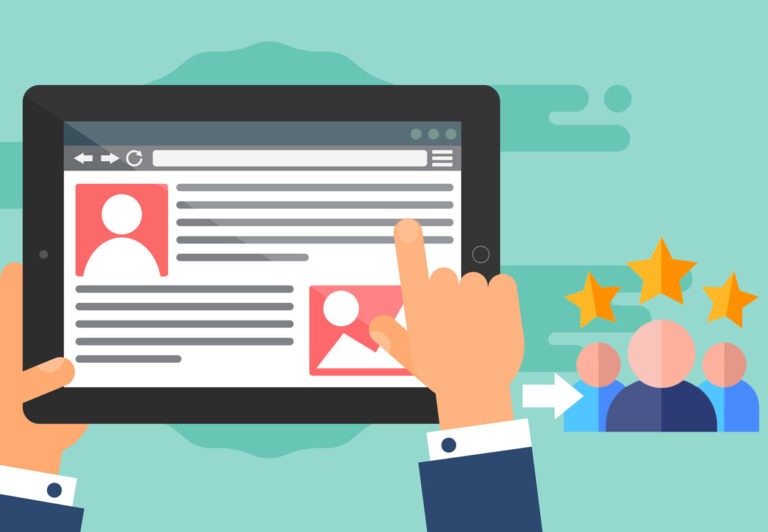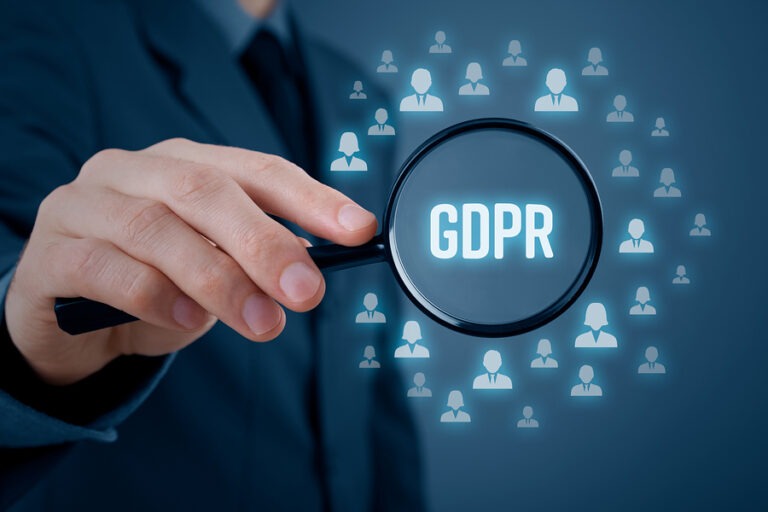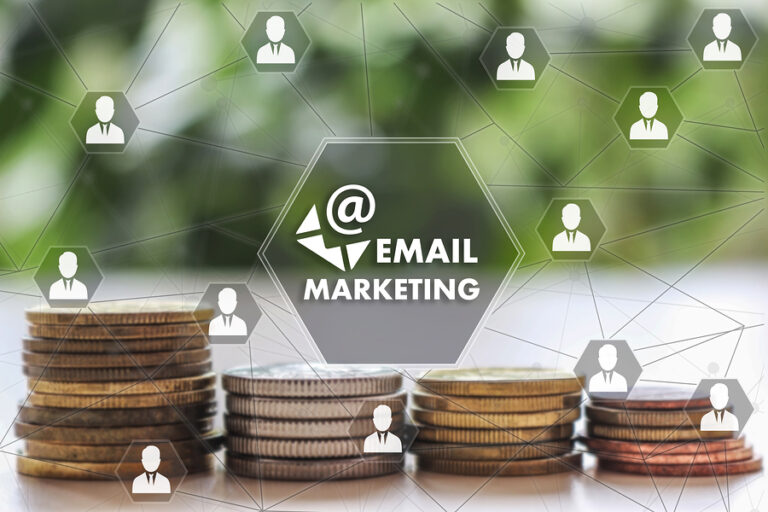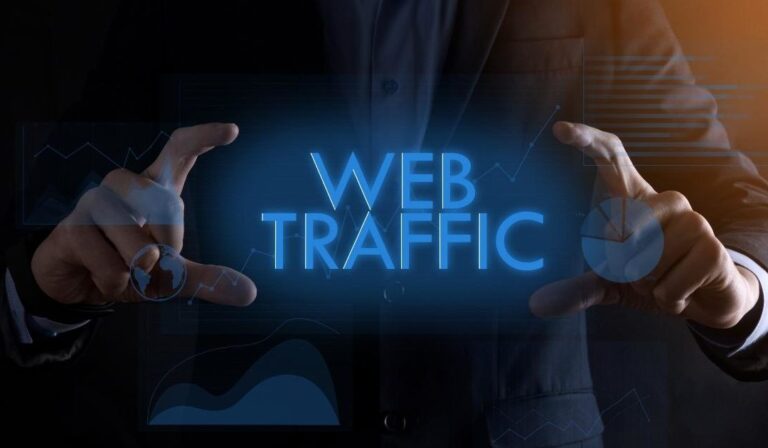Ecommerce Email Marketing – 25 Tips to Increase Sales
I hope you enjoy this blog post. If you want Hello Bar to grow your leads, click here.
Author:
Andrei Gonzales
Published
July 31, 2024

Ecommerce email marketing can work wonders for your bottom line. In fact, many entrepreneurs rely heavily on their email lists when it comes to product launches, sales, clearances, and more.
However, you need to know how to use ecommerce email marketing the right way. Today, we’re going to show you how.
What Is Ecommerce Email Marketing
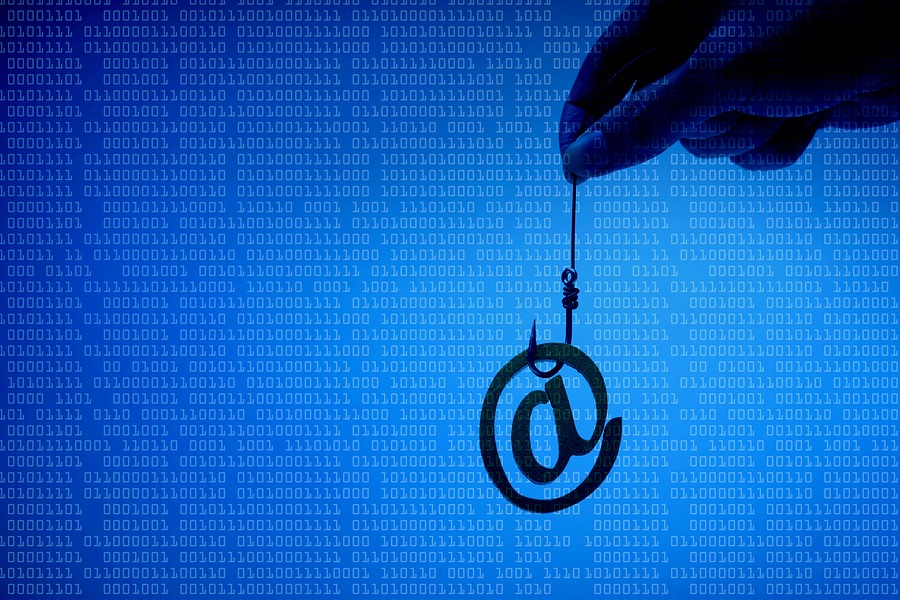
Ecommerce email marketing refers to the process of collecting email addresses from interested consumers and sending them regular emails basis to promote events, share discounts, offer free shipping, highlight new products, and more.
Essentially, it’s a direct communication line with prospective and current customers.
People who sign up for your email list want those incentives. They’re interested in your annual Memorial Day Sale, for instance, or your ever-expanding product line.
Why Is Email Marketing Key to Your Ecommerce Success
The ecommerce industry is highly saturated, so invest in strategies that can give you a competitive edge. One of these strategies is email marketing. Here’s why you should consider email marketing:
1. It Boosts Brand Awareness
Email marketing creates an avenue for your audience to familiarize themselves with your business and develop confidence in it. Ensuring consistent communication and sending valuable and personalized emails builds credibility and keeps your brand top-of-mind.
2. It Helps You Get Quality Leads
Your mailing list will comprise quality leads who have voluntarily agreed to receive emails from your business and can easily transition to paying customers.
3. It Drives Organic Traffic to Your Business Website
The chances that your audience opens the links in the emails are very high, especially when you pique their interest. Incorporating strategic call-to-actions in compelling emails helps boost organic traffic and long-term engagement.
4. It’s a Cost-Effective Strategy
Email marketing aids precise targeting and delivers better ROI than other marketing strategies. You can effectively segment your audience and send relevant emails based on their behaviors, demographics, and preferences. This approach increases engagement rates.
5. It Offers Comprehensive Analytics
Email marketing lets you track and discover customer interaction and preferences to improve your overall campaign strategy. Metrics such as open rates, click-through rates, conversion rates, and bounce rates can help you strategize for better results.
You May Also Like:
- Opt-In Email Marketing: 13 Best Practices To Better Results
- Ecommerce Email Marketing – 20 Tips to Increase Sales
What Is the 4-Second Rule
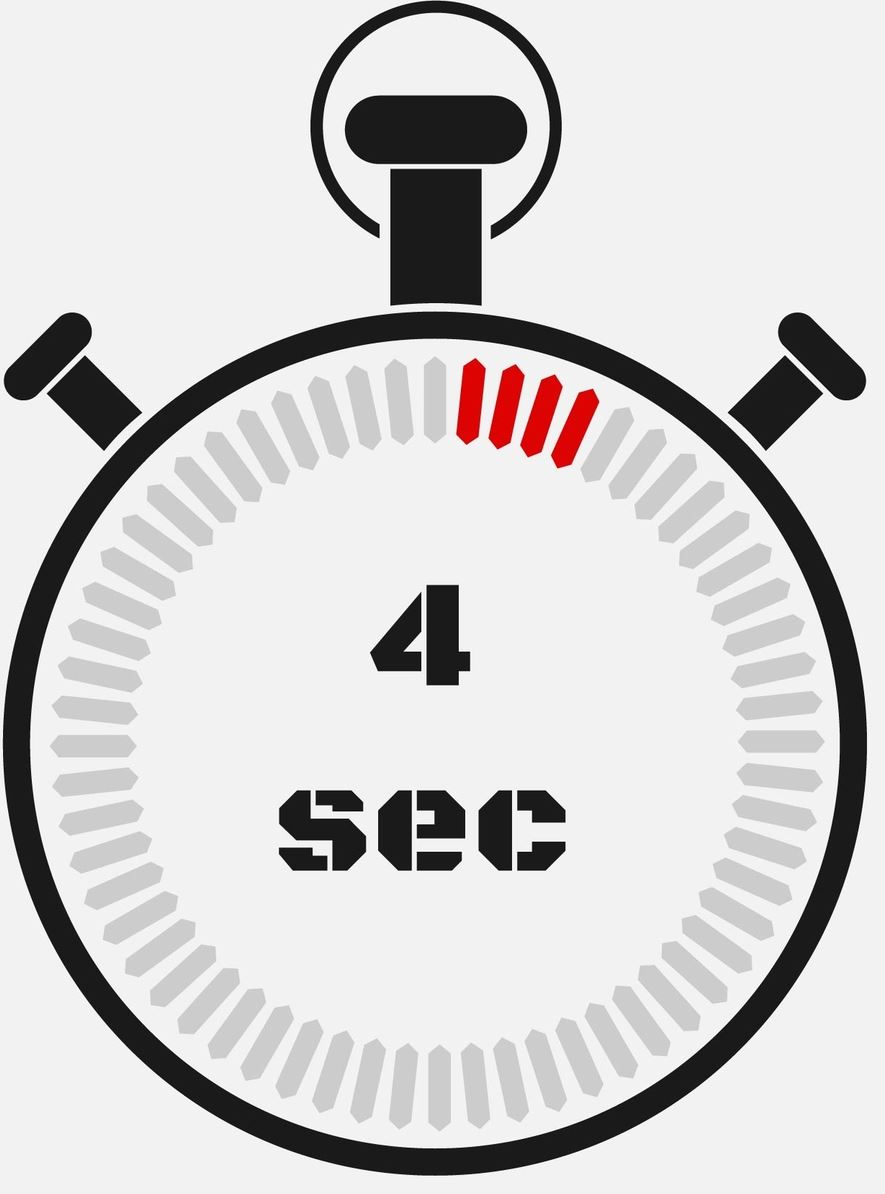
While ecommerce email marketing can prove highly effective, it’s also a battle. Part of that is due to the four-second rule.
According to Roundtree founder and CEO Andy Jones, you have about four seconds to capture your audience’s attention. When the four seconds pass, you’ll have either succeeded or failed.
Now, think about your average email inbox. It might look something like this:
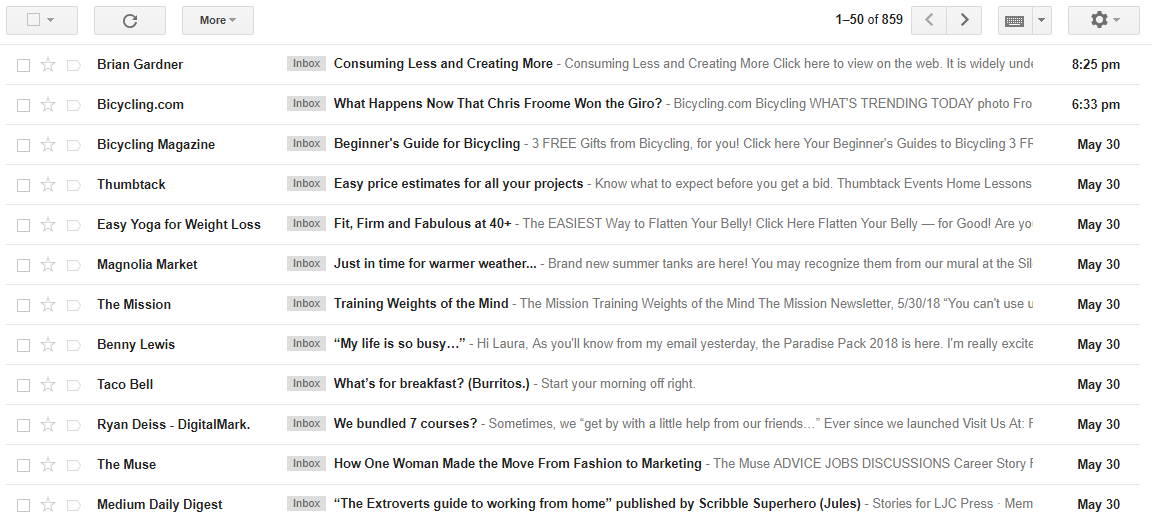
Crazy, right? And that’s just the Promotions folder.
If you only have four seconds to capture attention, you need a darn good subject line. You also need a respected “From” name.
Brian Gardner is at the top of that list. We subscribed to his email list because he is always insightful and thought-provoking. Sometimes, he tries to sell stuff. Sometimes he doesn’t. But we’ll read his email.
Here is an email from Thumbtack, a microeconomy company.

The subject line promises “Easy price estimates for all your projects.” That’s intriguing. If we need to get something done and we decide to delegate it, we might click.
But what about this next one from Mike at Butcher Box?
![]()
Mike says in his subject line, “You need to hear this.”
Butcher Box sells meat in a box. That’s pretty simple. It’s also a great business model.
And the company continuously uses great subject lines—also called “hooks.” Reading that subject line, what comes to mind first is, “Maybe we really do need to hear this.”
What should you take away from this inbox peek? The four-second rule matters. If you want ecommerce email marketing to work, you have to grab subscribers’ attention from the subject line.
How Can I Get More Email Addresses and Grow My Ecommerce Email List
Your email marketing campaign can only thrive when you have a long list of email addresses. You can go the easy route by buying email lists, or you can grow your email list organically.
We’ve explained how to grow your ecommerce email list below:
1. Make Your Incentives Attractive
You need a brilliant lead magnet to get the audience to subscribe to your mailing list. One way you can do this is by offering attractive incentives. For example, you can include a hidden free coupon code and only reveal the code once leads submit their emails.
Who wouldn’t want to sign up to get a discount or a free coupon code?
You can conduct comprehensive research to identify what appeals to your target audience. According to an Instapage report, personalized homepage promotions influence 85% of customers to patronize the business.
2. Use Engaging Popups on Your Website
You could add a popup form to your website that invites users to sign up for your email list. If a visitor tries to click away, the popup appears. It might look something like this.
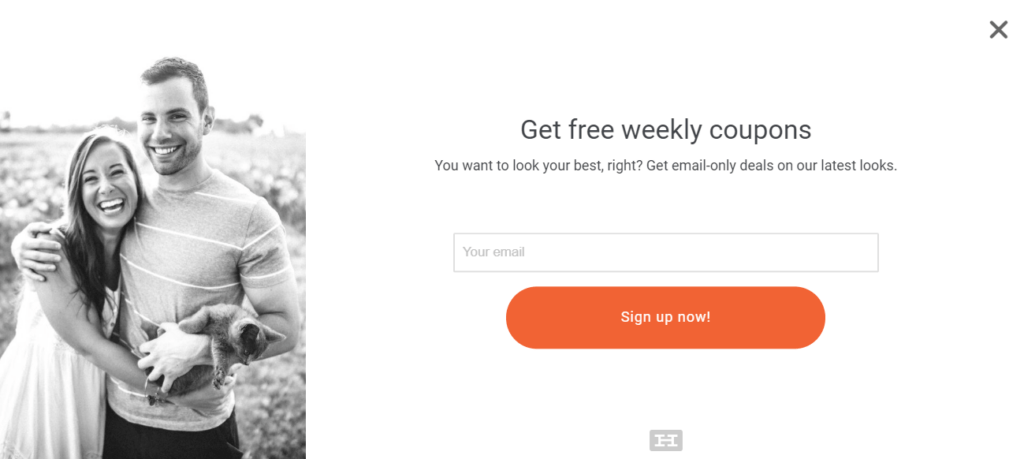
Make your popups engaging by asking visitors questions before asking for their emails. Here’s an example of an engaging popup.
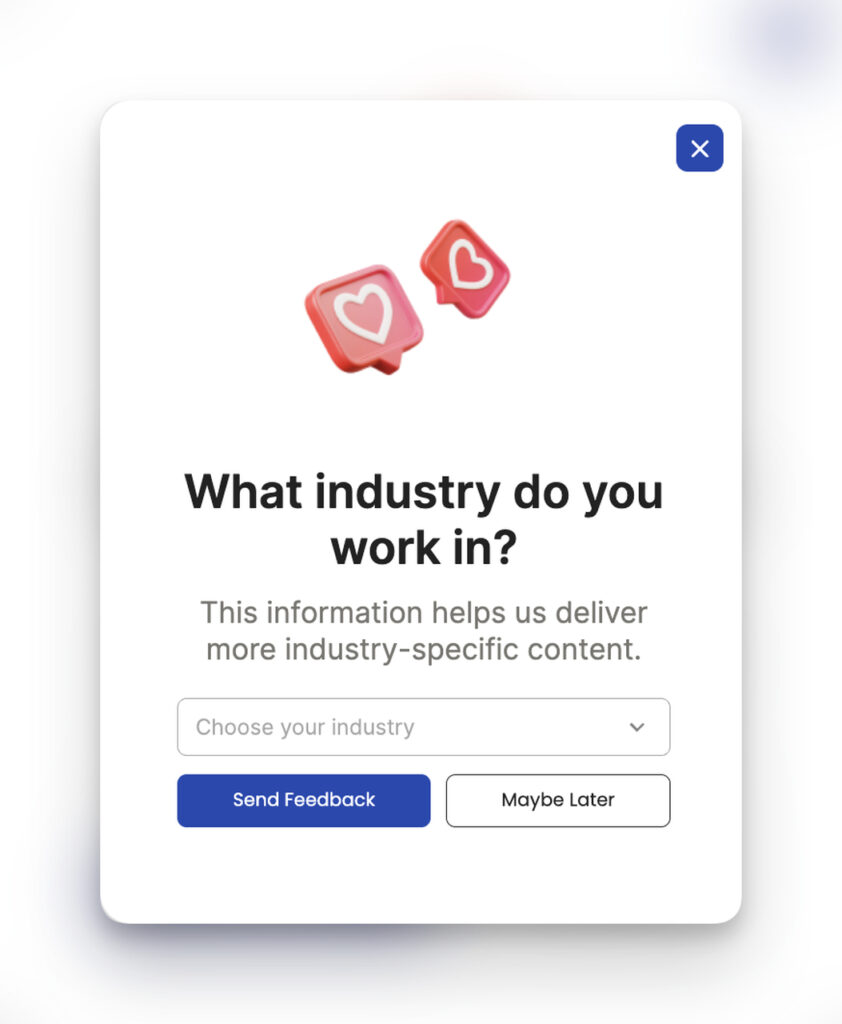
Image via Popupsmart
You can segment the leads by their responses and then send personalized emails.
3. Host Giveaways or Contests
You can spice it up by hosting giveaways or promotional sales on your website or social media. Instead of the regular discount for first-time customers, you can announce an offer that is available for a short period. This urgency would cause a spike in subscriptions.
Ensure the contest terms are clear, and participants know what to do to qualify—subscribe to your mailing list.
You May Also Like:
- How to Build an Email List From Scratch: Start-to-Finish Guide
- How to Grow Your Email List: 21 Great Tips for 2024
4. Include Social Sharing Options in Your Emails
You can also grow your mailing list by adding social sharing buttons to your marketing emails. Subscribers who find your content valuable can share it with their friends, expanding your mailing list.
Include a “Sign up” CTA at the bottom of the email so that the recipients can also subscribe to your mailing list.
25 Pro Ecommerce Email Marketing Tips to Increase Sales

Now that we’ve convinced you of the importance and power of ecommerce email marketing, let’s explore 25 proven tips for making your email outreach more successful—and profitable.
1. Choose the Perfect Subject Lines for Your Marketing Email Campaigns
We’ve already touched on subject lines, but we want to make clear that your subject line is the first thing people see when they open their email clients. If the subject lines doesn’t entice them to click, you’re going in the trash.
A/B test multiple subject lines once you have a sizeable list. Figure out which ones are most persuasive when it comes to your audience.
The best email subject lines communicate value and urgency. They let people know exactly what they’ll get when they click.
Or, as in the case with the Butcher Box example we described above, they inspire curiosity. Make people click because they want to know the answer to a question.
2. Divide Your Email List Into Segments
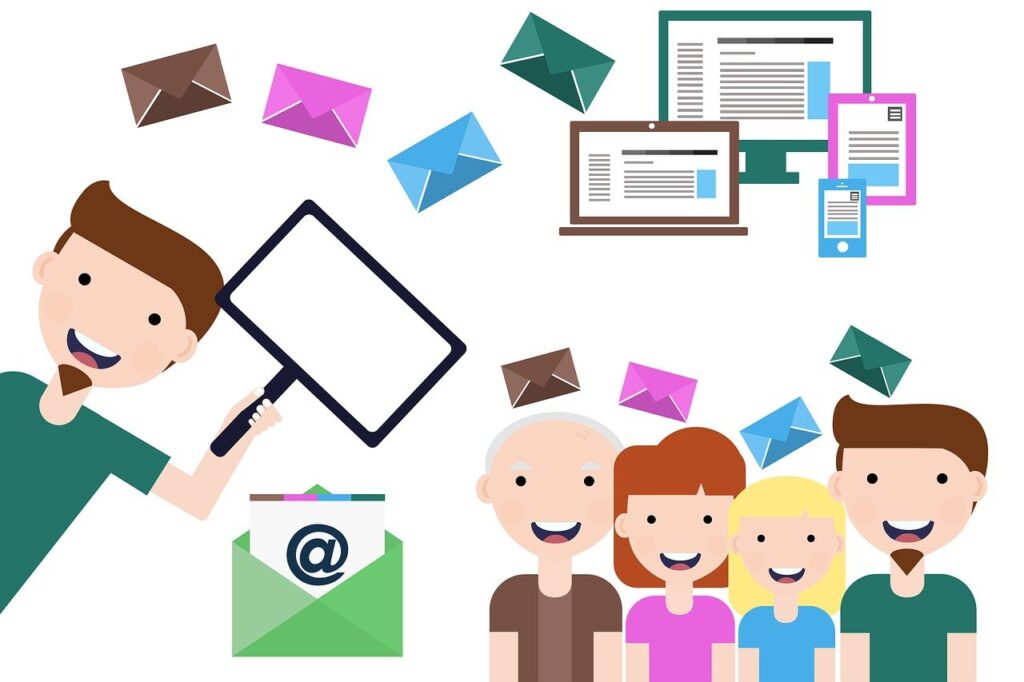
People hardly pay attention to broadcasts or generic emails. Think about it—most people get bombarded with messages daily, so there’s barely time to read emails that blend into the noise.
You can avoid this by introducing email list segmentation to your campaign.
What is email list segmentation?
It involves dividing your email subscribers into targeted sub-groups based on certain criteria. This allows you to promote your business in a personalized manner.
For example, you offer academic services to students in universities. You can ask your subscribers for their department or course. This way, you can create segmented lists relevant to medicine, arts, humanities, and law.
3. Avoid Using Overused Words in Your Ecommerce Emails
Consumers are used to getting emails. In fact, many of them are inundated with email every hour of the day.
Consequently, you don’t want to bore them. Try subject lines with unusual or powerful words in the copy.
Overused words include the following:
- Free
- Discounted
- Announcement
- Sale
- Final
- Fast
You can use similar words, but shake it up with the thesaurus.
4. Personalize Your Ecommerce Emails as Much as You Can
When collecting email signups, you can decide what information your subscribers want to enter. While using fewer form fields can increase signups, asking for your subscribers’ names will allow you to personalize your emails.
With Hello Bar, it’s as simple as checking a box:
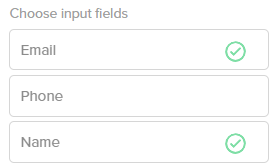
Adding the subscribers’ names to your ecommerce email marketing campaigns can help your subscribers feel more appreciated. Plus, it gives each email a more personal, intimate feel.
You May Also Like:
- Ecommerce Email Marketing – 20 Tips to Increase Sales
- 15 Email Campaign Examples to Create High-Converting Campaigns
5. Make Your Emails Short and Sweet
Long emails can be overwhelming. If you try to mention every product in your lineup in a single email, your subscribers will just click away.
Try to focus on one idea per email. If you’re sending one email per week, you can quickly inform your subscribers about your top products. Just focus on one at a time.
6. Ask Engaging Questions
Do you like when someone asks your opinion on a topic? If you’re like most people, the answer is “Yes.”
We would like to know that someone else values our services and expertise. We also appreciate it when a brand offers to answer a question to which we don’t know the answer.
Check out this email from The Muse:
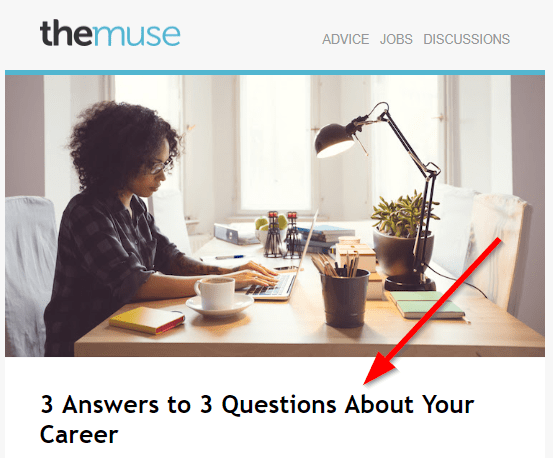
Short and sweet, right? The email offers three answers to three questions—all career-related.
You can do the same thing with ecommerce email marketing:
- Which dishwasher is right for you?
- How can you find dog clothes that fit?
- What precious stone aligns with your personality?
Questions like these immediately spark curiosity.
Or, if you’re asking for your customers’ and leads’ input, you could ask questions like these:
- What product would you like us to make next?
- Would you be interested in X?
- Do you prefer free shipping or bundle discounts?
7. Create a Sense of Urgency Because it Works
Urgency almost always works. It gets us fired up about the offer and makes us want to act.
Use urgency by letting people know a deal is on the table, but only for a short time. Include the deadline, if applicable, such as “only for the next 24 hours” or “act before June 5.”
8. Get Your Ecommerce Email Timing Right
Test sending emails at different times of day and on different days of the week. Don’t rely on advice from other companies because your audience might be different.
Maybe your subscribers are more likely to act on Fridays because they’ve just gotten paid. Perhaps most of your audience checks email first thing in the morning.
The only way to know is to test.
9. Use the Right Images in the Right Places in Your Ecommerce Emails
Attractive, contextual images can boost conversion rates considerably. Just consider this email from Overstock.
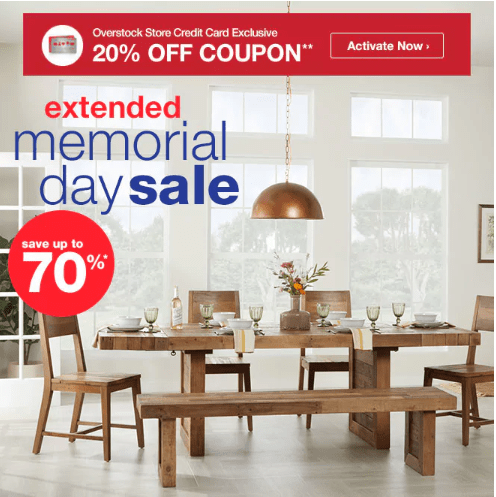
It advertises an extended Memorial Day sale. The photo includes a dining set beautifully styled for a summer meal.
10. Include Social Proof and UGC
We’re certain you look for reviews from other customers before you pay for a service or product—that’s the effect of social proof. Social proof is the psychological concept that people look to the actions and behaviors of others to determine their actions.
In marketing, it refers to the dependence on endorsements, reviews, and testimonials to trust or patronize a brand.
User-generated content (UGC) is a related concept.
It refers to content created by consumers. For example, videos, pictures, texts, and reviews. Ultimately, the goal of UGC is to spin social proof in the brand’s favor.
Incorporate consumer endorsements into your email marketing campaigns and watch your conversion rates soar!
You May Also Like:
- Email Pop Ups – 11 Best Practices to Insanely Grow Your Conversions
- 18 Fantastic Abandoned Cart Email Tips to Increase Your Conversions
11. Do Not Forget About Mobile Email Optimization
Your email marketing strategy must focus on mobile optimization since mobile phones are more than accessories.
Chances are, if a visitor uses a smartphone to subscribe to your ecommerce email marketing campaign, the person will read your emails on a mobile device.
Use an email system that allows you to use mobile-friendly text and images. Otherwise, you’ll alienate your subscribers.
12. Use the Right Ecommerce Email Marketing Tools
Tools like Hello Bar can enhance business process automation, especially during an ecommerce email marketing campaign. You don’t have to worry about it every day. Just set it and forget it, but don’t forget to take the A/B test.
The right tools matter even more now that the EU has put the GDPR into effect. Hello Bar is GDPR compliant, so if you sell to companies in the EU, you won’t find yourself in violation.
13. Promote Your Social Media Profiles Using Ecommerce Email Marketing
You can use your Hello Bar account to promote your social channels easily, whether you’re using an exit intent, a top bar, or some other modal.

But don’t forget about cross-promotion. When designing your ecommerce email marketing campaign, invite your subscribers to follow you on X (formerly Twitter), like your latest Facebook post, or share your content on LinkedIn.
14. Create an Ecommerce Email Marketing Road Map
We’ll give you a specific ecommerce email marketing sales funnel strategy later in this article, but we want to point out that you need a road map. Where are you going?
Do you want to sell more products? Improve brand awareness? Educate your subscribers?
Pick a goal and stick with it until circumstances change.
15. Put a Lot of Effort Into Your Ecommerce Welcome Email—It’s Your First Impression
First impressions matter.
Think about the last time you met somebody new. You likely made snap judgments about that person based on handshake, stance, eye contact, words exchanged, and other details.
The same goes for ecommerce email marketing. If your welcome email doesn’t excite your subscribers, they might never read another email.
16. Nurture Your Ecommerce Email List With Great and Consistent Content
Content matters, too.
Fortunately, you don’t always have to create fresh content. Consider stealing content from your blog, publishing an excerpt in your email, and adding a CTA to read the full article on your site.
Wordstream did that with a recent email but with a guide instead of a blog post.
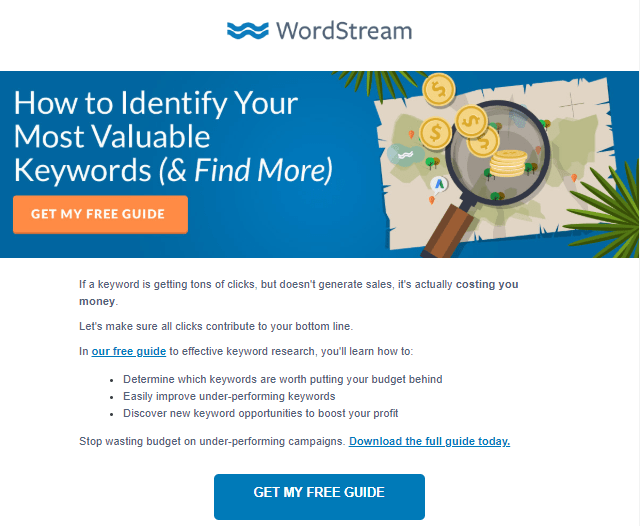
You could post an article on your blog about comparing different versions of products. That’s a great way to get people excited about what you sell.
17. After Providing Great Content, Promote an Irresistible Offer
A great offer should be the cornerstone of your ecommerce email marketing campaign. Check out the slam-dunk offer Bicycling Magazine recently sent out.
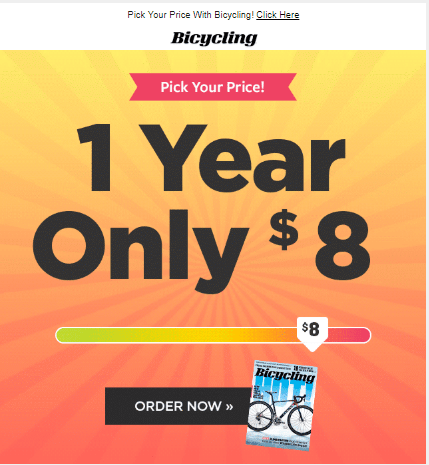
The offer’s spot-on, the CTA is simple, and the animated bar captures your attention.
You May Also Like:
- Ways to Use Calls to Action (CTAs) in Your Marketing Strategy
- Ecommerce Email Marketing – 20 Tips to Increase Sales
18. Promote Upsells and Cross-Sells on Your Order Confirmation Ecommerce Emails to Maximize Sales
Cross-sells and upsells can help improve your ecommerce email marketing conversion rates. Tell people how to save money on multiple products, or show how your products combine effectively.
This email from Stein Mart combines various products that go together.
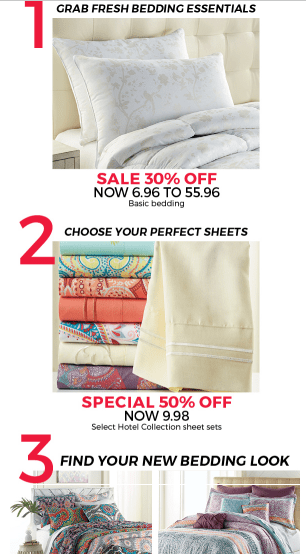
And, of course, there’s an accompanying discount.
Maybe your customer needs new sheets but hasn’t considered getting an entirely new bedding set. Why not start fresh?
Use the changing seasons and other factors to assemble bundles or recommend upsells and cross-sells. The more effort you put into your email and offer design, the more conversions you’ll get.
19. Use Cart Abandonment Emails to Increase Your Ecommerce Conversions
People abandon carts all the time. They get tired of filling out the forms, they get distracted by something else, they second-guess the price—whatever.
You can target those people with follow-up emails. Say something like, “Hey, X items are still in your cart. Interested?”
Tack on a discount for the abandoned items for even better conversion rates.
Here’s an example of an abandonment email reminding subscribers to use their 10% discount.
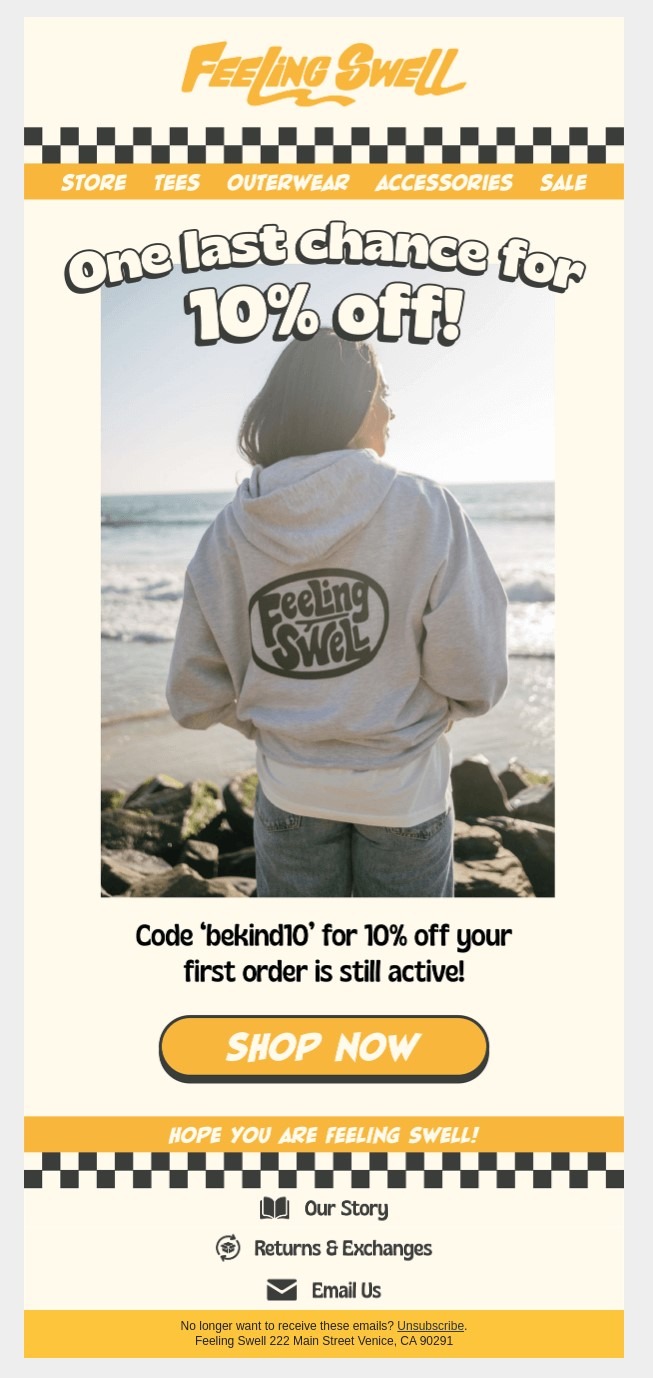
Image via Really Good Emails
20. Reduce the Hassle of Sending Emails Manually With Automation Tools
Why go through the stress of sending emails manually when you can use marketing automation tools to schedule them?
Consider top automation tools that factor in users’ data and work well with personalization and segmentation strategies. However, you must monitor the activities to avoid sending spam-like emails.
According to a ZeroBounce report, 78% mark an email as spam if it looks like spam. You sure don’t want your business email to end up as spam!
21. Send Re-engagement Emails
Similarly, you can re-engage people who haven’t opened or engaged with your emails in a while. Start with a subject line like, “Hey, are you still interested in hearing from us?”
Provide a discount code, free shipping, or some other incentive to bring them back into the fold.
You can also re-engage with customers who have opened your emails but not converted on your offers. Send a follow-up email that thanks them for reading your emails and offers a renewed incentive to buy.
Here’s an example of a “We Miss You email!” offering a no-charge cash transaction.
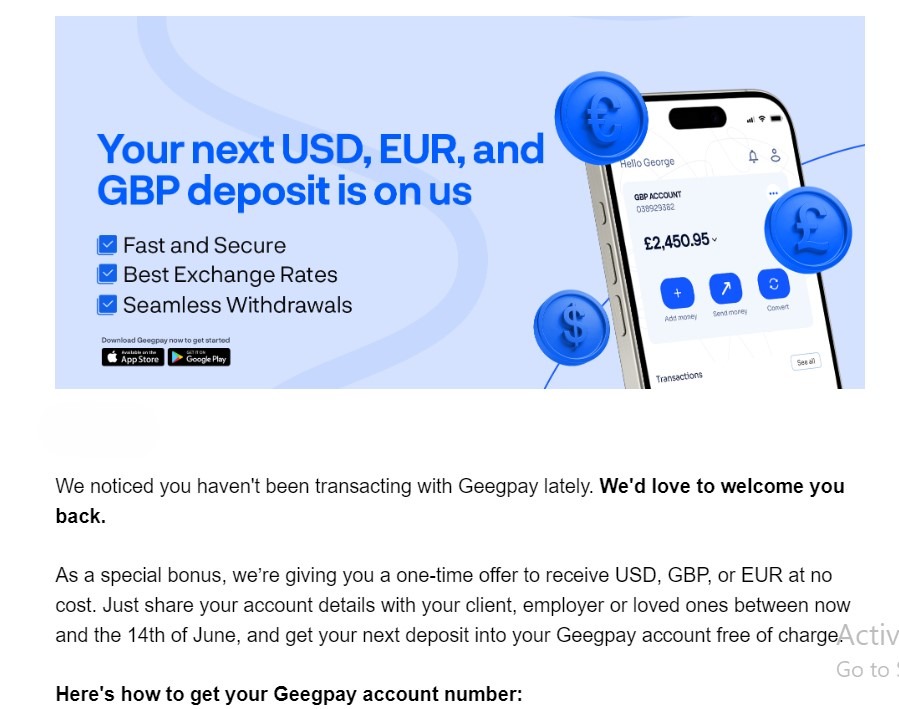
22. Use the Perfect Call to Action for Each Email
Your call to action should be the final piece in your ecommerce email marketing efforts. This is where you want your subscribers to “do something.”
Invite them to check out your latest product or to take advantage of a coupon code. Whatever it is, don’t give them a reason to say “no.”
In emails, calls to action should be distinctly visible. Use buttons and other graphics to draw attention to them. A boring CTA will get lost in the rest of the text.
23. Do Not Forget to Reward Your Most Loyal Fans and Customers
People who continually engage with your emails deserve a reward. So do those who consistently buy your products.
Consider starting a loyalty program. You’re probably a member of a few of those yourself.
For instance, customers get a $20 coupon for every $200 they spend. You get the idea.
You May Also Like:
- Email Lead Generation: What it Is and How to Do it Right
- How To Drive Lead Nurturing Campaigns After Email Acquisitions
24. Create Seasonal Campaigns
Seasonal campaigns involve tapping into your audience’s special and relatable feelings to drive brand awareness. For example, you know Christmas is approaching when holiday music plays softly in the background.
Here’s a Copyfolio email offering Summer discounts to convert leads.
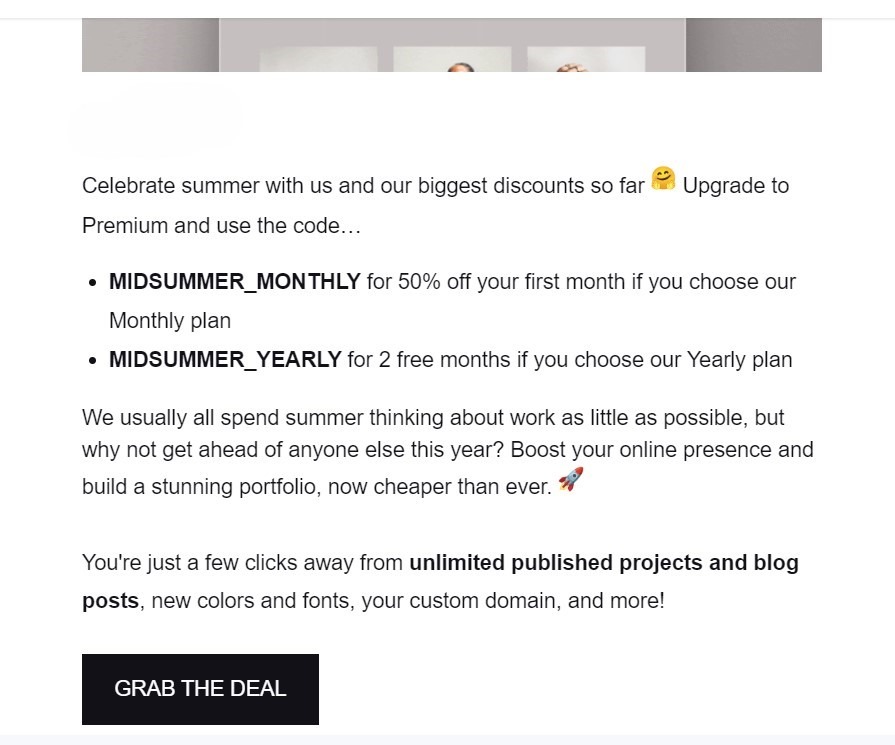
Creating seasonal campaigns involves making your brand a part of a holiday or festive season. For example, you can share the cheer during Thanksgiving by announcing promotional offers and sales through emails.
25. Invest in Omnichannel Marketing
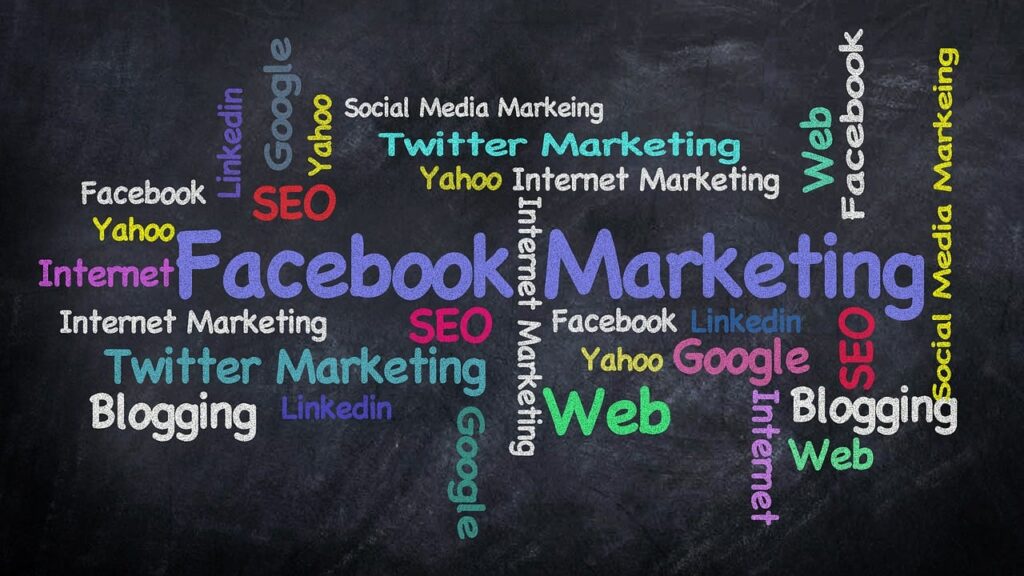
Why stop at announcing a new product via email when you can reinforce the announcement with other channels?
The omnichannel approach involves maintaining consistent brand messaging on social media, SMS, chatbots, paid ads, and other channels. It helps create a marketing ecosystem that directs leads through the sales funnel.
Investing in omnichannel marketing is a brilliant way to establish relevance in the market and lead effective marketing campaigns.
Hello Bar Ecommerce Email Marketing Sales Funnel Strategy

The perfect ecommerce email marketing strategy starts with Hello Bar. Email marketing doesn’t work if you don’t have any subscribers.
Follow our conversion strategy to get more conversions for your ecommerce business.
Step 1 – Get Emails (Leads) Into Your Funnel
Start with a top bar to capture website visitors’ attention and convince them to sign up. This is the best strategy for getting more email signups quickly.

A/B test top bars to figure out what wording and offer works best. Test the headline and the CTA.
Step 2 – Send an Email Welcome Series to Your New Leads
When people subscribe, welcome them to the fold. Get off on the right foot with an incentive, such as free shipping, gift cards, or a coupon code. Of course, you’ll also want to provide whatever lead magnet you used to incentivize the signup.
Step 3 – Nurture and Educate Your Leads With Valuable Content
Keep your promises. If you tell subscribers you’ll send a new email every Monday with new offers, do so. Don’t let a single Monday pass without an email from you.
Don’t just promote your products, either. Send educational content and other valuable information. If you’re constantly asking subscribers to buy, buy, buy, they’ll get tired of hearing from you.
If you don’t want to create new content, link to content from your blog or social channels.
Step 4 – Make an Irresistible Offer to Your Leads
The lead magnet can make or break your ecommerce email marketing campaign. For this market, a lead magnet might be free shipping or a coupon. It could also be an educational tool.
Run A/B tests for different lead magnets. Figure out what your subscribers really want.
Step 5 – Provide More Valuable Content
Keep dishing out that content. Today’s consumers are eager for information, whether they’re not sure which brand is best or they’re not sure whether they need a particular product.
Again, don’t make it all about the sale. Focus on winning trust, building authority, and developing loyalty among your subscribers.
Step 6 – Cross-sell and Upsell Your Leads With Amazing Offers
Upselling is the art of offering your customer a more expensive product, while cross-selling means selling an existing customer a different product.
Pay attention to what your subscribers buy. Invite them to check out related products. You can also bundle alike products together at a discount.
Step 7 – Reward Your Best Customers
Loyalty goes both ways. If people spend money on your ecommerce store, reward them with freebies or discounts. They’ll appreciate the gesture.
Step 8 – Go After Dorment Leads and Try to Put Them Back Into Your Email Sales Funnel
Dormant leads aren’t worth anything to your bottom line. In some cases, though, you can pull them back.
Offer an incentive to check out your latest product, for instance. A coupon code can work well.
Ask them if they’re still interested in what you sell. If they’re not, take them off your list. There’s nothing wrong with that. After all, you don’t want to irritate consumers.
You May Also Like:
- Ecommerce Email Marketing – 20 Tips to Increase Sales
- 32 Email Marketing Statistics To Highly Increase Your Conversions
FAQs
Q1. How often should I send emails to subscribers?
There’s no one-size-fits-all frequency for sending emails. It all depends on the type of service or product you offer and your audience. However, you can get the optimal frequency by asking how often subscribers want to hear from your brand. This way, you find a balance between staying top-of-mind and not overwhelming your subscribers.
Q2. How can I track the success of my email marketing campaign?
You can evaluate your email marketing efforts by recording metrics like conversion rates, open rates, unsubscribe rates, and click-through rates. Check for a top email service provider that provides access to these metrics.
Q3. How can I get more email addresses to add to my email list?
You need a brilliant lead magnet idea to motivate people to subscribe to your email list. Offer them something of value, like a free service or product, in exchange for their subscription. You can also promote sign-ups on social media and run contests requiring email addresses.
Q4.What type of business can benefit from email marketing?
Virtually any business can benefit from email marketing. It is a versatile strategy that can suit the needs of B2B companies, non-profits, e-commerce stores, and SaaS companies.
Q5. What’s the difference between double opt-in and single opt-in?
The single opt-in feature automatically adds subscribers to the mailing list once they submit their details. Conversely, the double opt-in feature requires subscribers to confirm the subscription through a verification email.
Conclusion
Ecommerce email marketing is both art and science. You need to follow the data, A/B test your every offer, and pay attention to your subscribers’ actions. However, you also need to get creative.
Hello Bar can help. Use different strategies to encourage website visitors to subscribe to your list and take advantage of an incentive.
The more you A/B test your offers, the better data you’ll get. Plus, conversions will increase because you’ll know how to entice your visitors.
Once you’ve captured leads, don’t let them down. Provide as much value as possible through ecommerce email marketing. That way, you don’t lose their continued patronage.
What’s your favorite ecommerce email marketing hack?

